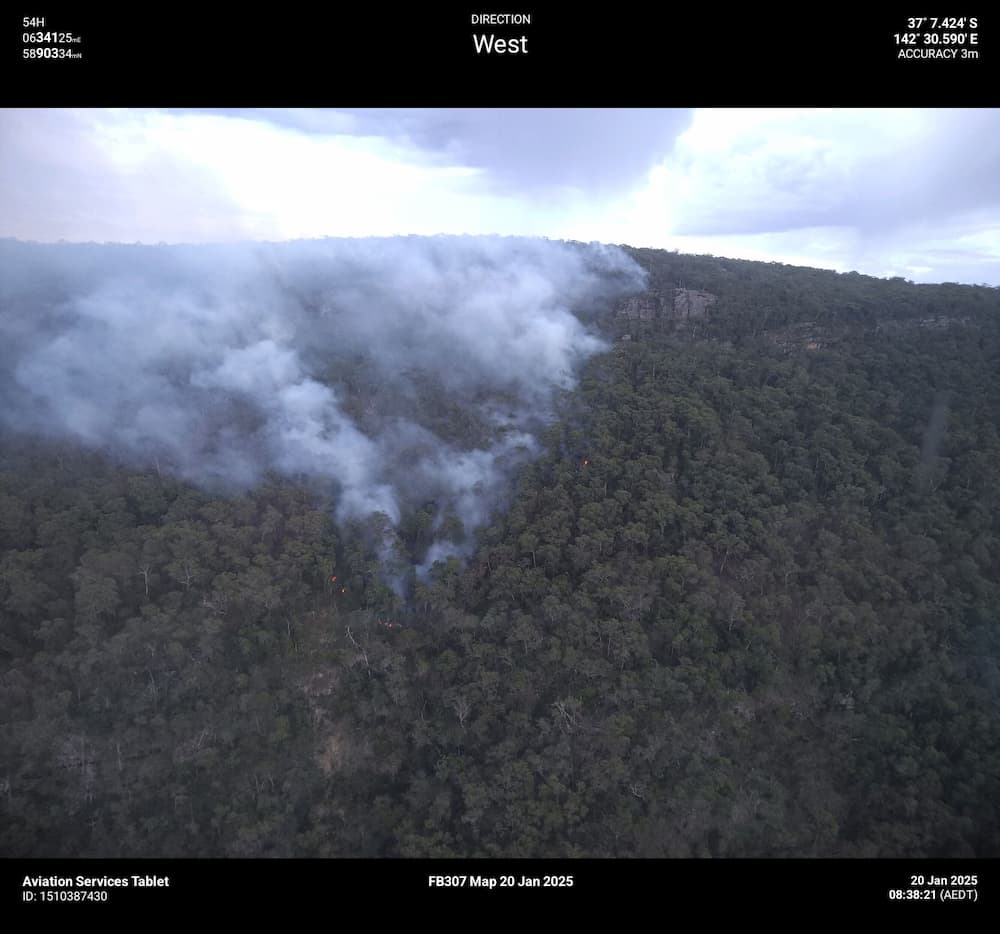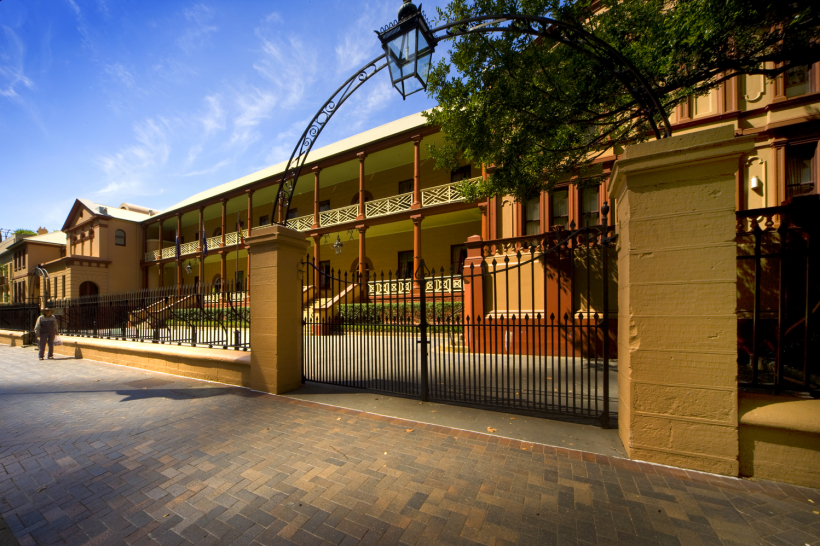Washington DC – Urban forests, trees and green spaces play a pivotal role in enhancing the quality of urban life, but their benefits are still not equally accessible to all, according to a new report from the Food and Agriculture Organization of the United Nations (FAO).
Launched today at the in Washington DC, warns that action is needed to make urban greening more equitable in order to achieve global goals, particularly as cities face growing challenges due to climate change.
“With of the world population projected to live in urban areas by 2050, governments and planning authorities need to make sure everyone, no matter their socio-economic status, has access to the many benefits trees and green spaces provide,” said Zhimin Wu, Director of FAO’s Forestry Division.
“While initiatives around the world show that many planning authorities are thinking more inclusively when it comes to equal access to urban forests, we still have some way to go to bridge the green social divide.”
Rapid urbanization and ‘green gentrification’
The Sustainable Development Goals call for , and the and the have both recently recognized the importance of urban forests for human health and mitigating and adapting to climate change.
Urban forests and trees buffer noise, filter pollutants from traffic and industry, and have positive effect on citizens’ mental and physical health. They also absorb carbon and can help cool city air by up to 8 degrees Celsius, reducing the urban heat island effect that can be lethal during heatwaves.
However, the FAO report finds that rapid urbanization without sufficient planning is leading to cities with few or poorly placed trees and green spaces, particularly in low- and middle-income countries.
At the same time, in cities that recognize the importance of green spaces, their distribution is often skewed towards wealthier districts, while ‘green gentrification’ can push out residents unable to afford to live near their city’s green spaces.
In many places, disadvantaged communities continue to be excluded from the planning, design, and management of urban green spaces, according to the publication.
State of urban forestry
The FAO report provides a region-by-region overview of the current state of urban forestry worldwide, and also includes case studies of how some cities and regions are investing in green infrastructure and solutions to achieve better outcomes for all residents in the face of global warming.
These include the Brazilian city of Maringá, which is planting trees in the most disadvantaged parts of the city’s periphery to help provide better air quality and shade for citizens during its tropical summers, and Sierra Leone’s capital Freetown, where residents in low-income areas are paid mobile telephone credits via an app which monitors the progress of seedlings planted by the community.
Washington Declaration
A blueprint for how urban greening can be made more equitable is expected later this week when participants at the 2nd World Forum on Urban Forests issue the Washington Declaration.
The declaration will set out recommendations for local decision makers to tackle unequal access to urban green spaces and trees and develop inclusive solutions.
Over 1 000 experts are meeting at this week’s Forum, which has the theme ‘Greener, healthier and happier cities for all’, to discuss the latest research and innovative approaches in urban forestry that can have a positive impact on social inequality.
The 2nd World Forum on Urban Forests is organized by FAO, Arbor Day Foundation, the US Forest Service, Smithsonian Institution, City of Washington DC, the International Society of Arboriculture, Politecnico di Milano and the Italian Society of Silviculture and Forestry.






